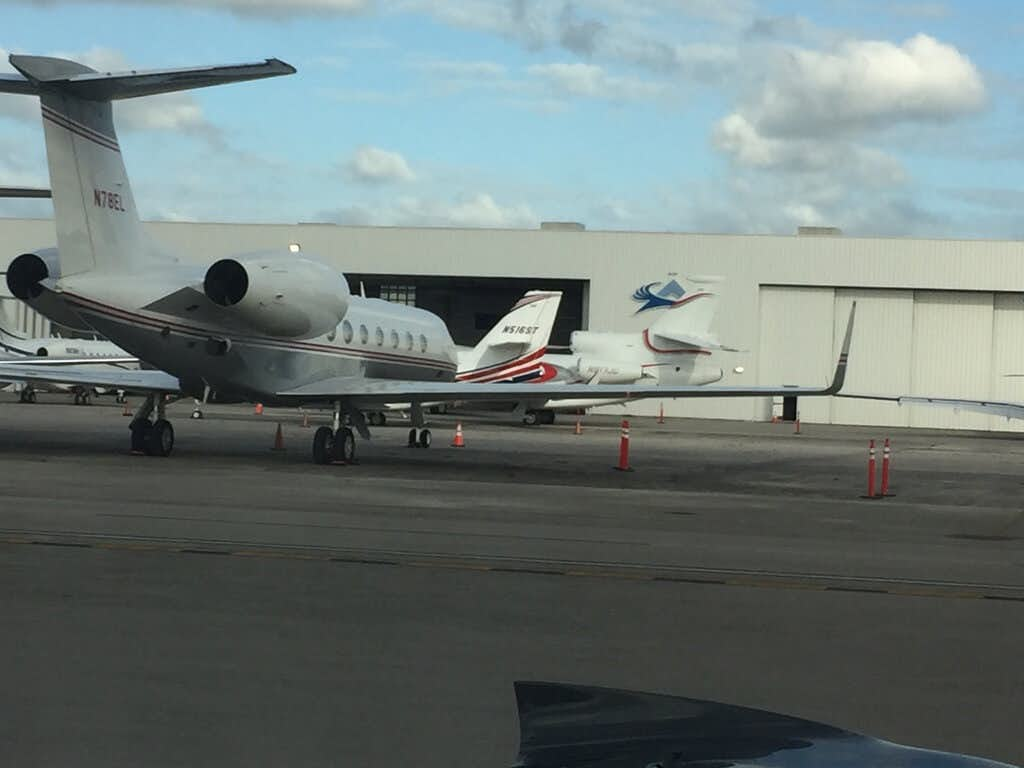
In the never-ending question about how to fly privately as cheaply as possible, the scale is now seemingly tilted to jet cards. That’s despite price recent increases. In 25 of the 30 examples, we analyzed, flying with a jet card would cost less. The average savings per flight was $5,693.
We analyzed over 50 North American jet card sellers with fixed or capped rates and guaranteed availability against dynamic pricing from three brokers that each offer hard quotes.
The three on-demand providers we used were XO Global, a unit of Vista Global, which also offers fixed-rate hourly prices, and two small providers, Simple Charters, and InstaJet, a new U.K.-based start-up.
Related - How Jet Card Rules and Rates are Changing - A-to-Z recent jet card and jet membership changes cheat sheet - Record demand means a new normal, new rules for private jet flyers - Operators big and small plan fleet expansion to meet demand
Most online quotes are estimates that need to be confirmed. However, all three of the brokers/platforms we used guarantee their quotes. They also guarantee no-cost service recovery if there is a need for a replacement aircraft, although XO limits its offer to the company-owned aircraft.
In other words, each of the three would enable you to book trip by trip without having to deposit money. However, prices were from the moment we shopped on the morning of Sunday, Sept. 19, and could be different – higher or lower – if you tried right now.
Of the jet card providers, we looked at pricing across the board – from all providers (over 50) in our database (Low-Any), lowest flight cost for midsize and large brokers and operators (Low-Mid +), and lowest flight cost for large brokers – $100 million + sales or Top 20 operators (Low-Large).
In comparing flight costs, we looked at three route profiles. The first was between Kansas City and Charlotte, a 110-minute flight.
Not surprisingly, it was here that jet cards had the biggest advantage. While both are major cities – 31st and 23rd largest metro markets in the country, they aren’t the high traffic Miami to New York and New York to Los Angeles markets we also analyzed.
It’s in these secondary markets jet card typically bring the biggest savings over on-demand charter. On-demand – or dynamic pricing – needs to take into account flying the jet empty to pick you up and then again empty after it drops you off if needed.
That’s more likely when flying to or from a smaller market. It’s also more likely those empty leg flights will be longer.
In South Florida, it may just be repositioning a plane from Ft. Lauderdale International Airport to Miami Opa Locka, about 13 miles.
To get you a jet on short notice in Kansas City might mean repositioning an aircraft from Dallas, 401 miles away, for your 700-mile flight to Charlotte.
The net result is that regardless of booking 24 hours, 72 hours or 7 days in advance jet card prices were cheap by an average of $8,277.
Looking at on-demand versus jet cards from Opa Locka to Teterboro, jet cards had lower flight costs in 10 of 12 scenarios, averaging $4,685 in savings.
However, the price advantage was mainly from booking at the 24-hour window. Neither Simple Charters nor XO offer hard quotes on short notice. However, compared to InstaJet – which doesn’t focus on the lowest price, according to executives, jet cards averaged $11,467 less across the four-cabin categories.
If you are booking 72 hours or 7 days in advance, the average jet card advantage was just $1,294.
The only flight scenario where on-demand pricing matched jet cards was between Teterboro and Van Nuys. In this case, out of six scenarios, including super-midsize and large-cabin jets, it was a 3-to-3 tie. The advantage for jet cards here was at the longer call-outs with several programs offering fixed route pricing that requires 7 days’ notice to guarantee availability in some cases.
There’s no reason to pick sides. Plenty of private aviation flyers have multiple solutions, including both a jet card and a good broker on speed dial.
It may be a good time to buy some jet card hours – if they come with a rate lock. Twelve months should be standard. There’s a chance we will see more jet card price increases.
But don’t overbuy. I recommend buying for six months to18 months at a time.
We are going into uncharted waters. For broker or hybrid programs (on-and-off fleet), after taking your money, they have to fulfill your flights at the contracted price and call-out. They also have to buy flights for customers who previously deposited money. And right now, the cost of buying flights on short notice has increased.
Before you buy, make an assessment of the company you are doing business with.
Who are you buying from? Who is the owner? Some are part of large groups, subsidiaries of Fortune 500 companies, or publicly traded. Others are smaller companies that have been around for years. Some are new.
If they offer an escrow account (one of the 65+ variables we track) it’s a good way to ensure your funds are protected. While failures are not common, last year’s Chapter 11 filing by JetSuite cost its jet card members $50 million in unused funds.
